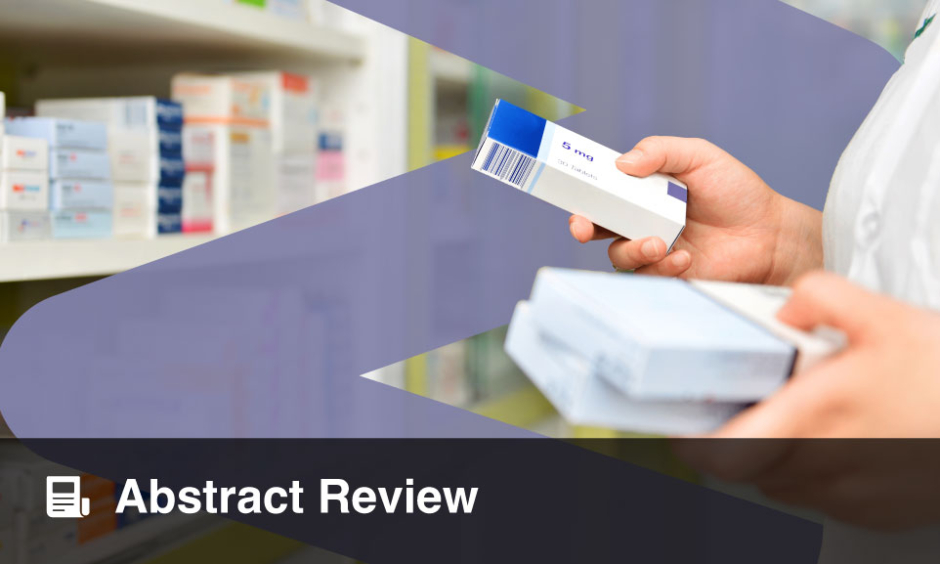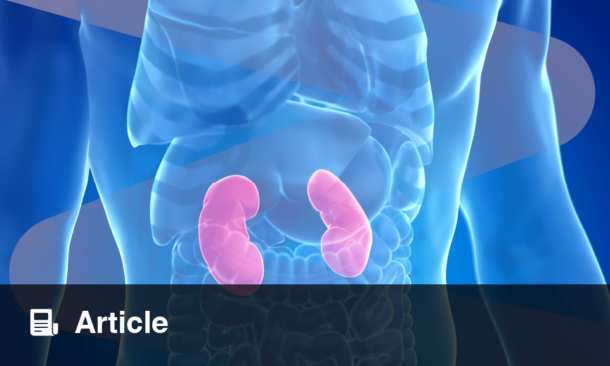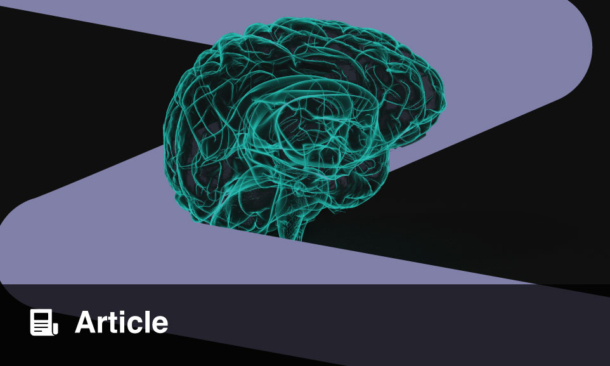Jeroen de Baaij | Associate Professor in Kidney Physiology, Radboud University Medical Center, Nijmegen, the Netherlands
Citation: EMJ Nephrol. 2024;12[1]:53-56. https://doi.org/10.33590/emjnephrol/IOIP8903.
![]()
Congratulations on receiving the prestigious ERA Rosanna Gusmano Award for Young Investigators in Basic Science at the 61st European Renal Association (ERA) Congress. What work led to this and what does receipt of this award mean to you?
First, it means a lot that the ERA has awarded the work I have accomplished in the last 10–15 years. It is special and a real award for the team. In the last 10 years, we have been working mainly on identifying new genetic causes for salt and magnesium-wasting disorders in the kidney. These patients have low serum magnesium or potassium levels, which typically runs in the family. This may result in multiple complaints, in the case of magnesium disorders, we often see seizures and muscle cramps. Although, for many of these diseases, we already know the cause, my work mainly focuses on the patient families where we could not find the cause. In the last 10 years, we have identified five or six new genes responsible for these disorders. This is the main achievement that led to this award.
You are now an Associate Professor in Renal Physiology. What ignited your interest in kidney physiology, and more specifically the genetic and regulatory pathways involved in renal salt and mineral reabsorption?
The kidney is a fascinating organ. To know the number of different processes and regulations taking place in the kidney and the amount of work that the kidney does daily to filter our blood and create urine is really fascinating. More specifically, if I look at my work and the disorders that we work on, we work towards finding these genetic causes that not only gives an answer to the families regarding the origin of their diseases, but it also teaches us a lot about how the kidney works. As a basic scientist, I’m even more interested in understanding the mechanisms within the kidney, and how it is regulated. Especially from rare diseases, we learn a lot because these patients don’t have multiple pathways that are disturbed, they have only one genetic mutation which informs us about how this specific pathway regulates ion transport in the kidney.
Sometimes people ask me “Why do you work on a disease where maybe in the whole of Europe only 50 people are affected?” It teaches us a lot, not only about the 50 patients but about the function of the kidney. We can often translate what we find in these rare patients to much bigger patient groups. For instance, with magnesium disorders, we have these very rare families with one mutation; however, in diabetes, we know that patients lose a significant amount of magnesium in urine, so the same mechanism is affected. By addressing the rare disorders, we can impact millions of people all over Europe.
Your mission is to decipher the pathophysiological mechanisms of magnesium disorders, including the role of magnesium in chronic kidney disease. Where should future research focus to further improve our understanding of this?
We need improved disease models to get a better understanding of kidney disease. One big limitation of basic science in the kidney is that we don’t have good cell models for many of the cells in the kidney. Therefore, the generation of kidney organoid models is an exciting development. If we can get these kidney organoid models into the right differentiation pathways, it allow researchers to generate patient-specific models. If we can take cells from the patient and generate a model in the lab that is specific to the patient and the patient’s mutation, it would allow researchers to look at personalised treatments for the specific patient.
“Personalised drug screening to identify therapeutics that fit the needs of individual patients” is part of your vision for the treatment of rare diseases, but how far are we from this for rare kidney diseases?
My research aims to get personalised drug screening by generating personalised disease models, testing which drug would work in the lab, and then eventually translating this to patients. This can allow us to test drugs that have already been approved. It is, of course, much more challenging to generate new drugs; however, we can repurpose drugs that are already out there for other diseases. Repurposing drugs using the new models that we are generating is quite close, we see examples right now in certain diseases where these organoid models are being used for drug screenings. Together with my colleague Tom Nijenhuis in the Radboud University, we aim to repurpose drugs in cell and animal models and perform clinical trials for single patients. In an-of-one trial, you can test multiple drugs to develop personalised treatment. However, it is still very much in a research setting and we should see how we can translate this for a much larger population.
Have you experienced any challenges in translating your research into clinical studies?
The work we have discussed, where I focus on genetic disorders, has mainly been translated into diagnostics. We have better diagnostic genetic panels where these genes have been included, and now, worldwide, patients are being identified with new mutations in the genes that my group identified. This part of the translation is happening right now, but finding therapies remains a big challenge, requiring significant funding and a lot more work to therapeutically target these pathways. However, it is going much better for other parts of my research, I am also looking at magnesium and other effects on vascular calcification in chronic kidney disease. These patients have mineral reserves with high phosphate calcium levels and form calcifications. We have demonstrated in our cell models that magnesium can prevent this. Currently, clinical trials are being performed with other groups utilising magnesium supplements to see if we can treat patients with this knowledge.
Are there any repurposed medications or therapies right now that are having an impact on patients with rare kidney disorders, particularly magnesium disorders?
Several reports showed that the repurposing of SGLT-2 inhibitors, originally a diabetes drug, is being used more widely for patients with chronic kidney disease. SGLT-2 inhibitors have improved magnesium levels in some patients with rare kidney magnesium disorders. Together with colleagues from Rotterdam and Amsterdam, we are trying to perform small-scale clinical trials with patients with genetic hypomagnesaemia.
‘Hypomagnesaemia with varying degrees of extrarenal symptoms as a consequence of heterozygous CNNM2 variants’ is a recent publication you co-authored. What are the key messages from this article for clinicians?
We often see that new genes are being identified in patients at a very young age. However, it is essential to not only identify the gene but also to do the follow-up. We must keep following up with these patients to get a better view of the development of the disease at later ages. Only by studying much larger patient groups can we generate a good phenotypic description, which will help clinicians identify suitable patients in the future and think about genetic screening in patients where the phenotype aligns but with no apparent family history. This paper looked at a group of patients with CNNM2 mutations. This gene was identified 10 years ago, and we now have, I think, a decent core population in Europe. In this paper, we describe 10 patients, but we had another cohort about a few years ago, and in this paper, we tried to show the evolving phenotype in these patients. For the CNNM2 variants, we have an extensive discussion on whether obesity is part of the phenotype or not, and recent studies show that it is more common but not present in all patients. We also discussed seizures in patients with hypomagnesaemia having CNNM2 variants. So, we tried to get a better view of the phenotype of patients with CNNM2 mutations.
Do you believe that, with genetic screening programmes, the follow-up and characterisation of the patient’s phenotype is often neglected?
Often, these mutations are identified in paediatric populations. However, for many diseases, some of the phenotypes may only develop later in life, and cohorts of patients with rare diseases may be in their 40s, 50s, or 60s. These studies are not often published because following up on these patients for a long time is challenging. However, it is important because one of the questions I always get when I speak to patients with rare kidney disease is, “What can I expect in the next 10, 20, 30 years? What should I do now to improve my phenotype in the future?” Therefore, I think it’s important to follow up with patients later in life, especially patients who have a mutation identified in childhood.
‘Team science’ is something you talk about within your own research group, and supporting early career researchers and clinical scientists. What does this look like within your own research group?
‘Team science’ is a fascinating development because right now, patients with rare diseases are all over Europe; only by working together with people from all over Europe, using different technical and biological expertise, can we solve all the important issues for these patients. To develop treatment for these patients, one might need expertise in therapy, design and model development, which is not possible alone. Only by working in a big team can we solve all these issues, and it’s more fun if you work together and get input from diverse backgrounds. I always try to connect the people within my group as well as with groups outside of my lab through lab visits or regular meetings.
In terms of your mission and vision, what’s next for your research team?
In the last few years, my team has focused on identifying the genetic causes of rare kidney diseases. Fortunately, with the advances in genetic techniques, more and more patients now receive a genetic diagnosis. In the near future, we will reach the point where most of the genes have been found. The next step is to provide therapy for these patients. Moreover, for many rare kidney diseases, currently, there is no therapy that targets the cause of their disease. There is a lack of gene therapies that target the pathways which are disturbed in the kidneys of these patients. This relies not only on gene therapy, it also includes drug repurposing. From this diagnostic question to a more treatment perspective, it is important for the team to step up now. This is quite a challenge because it requires a new way of thinking and working.







